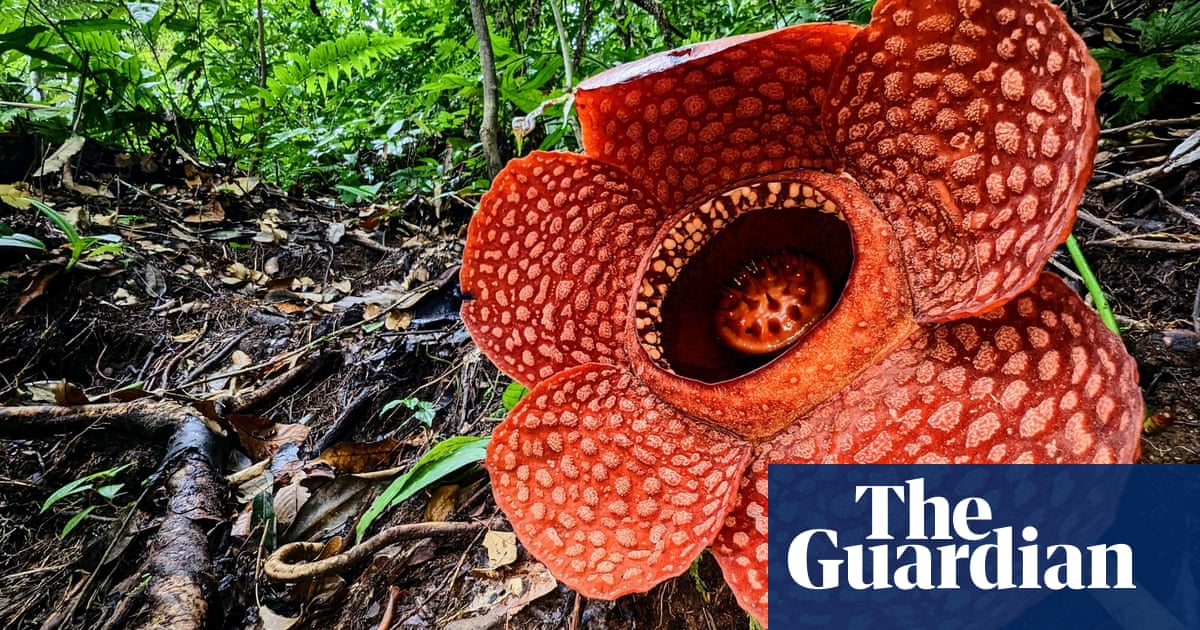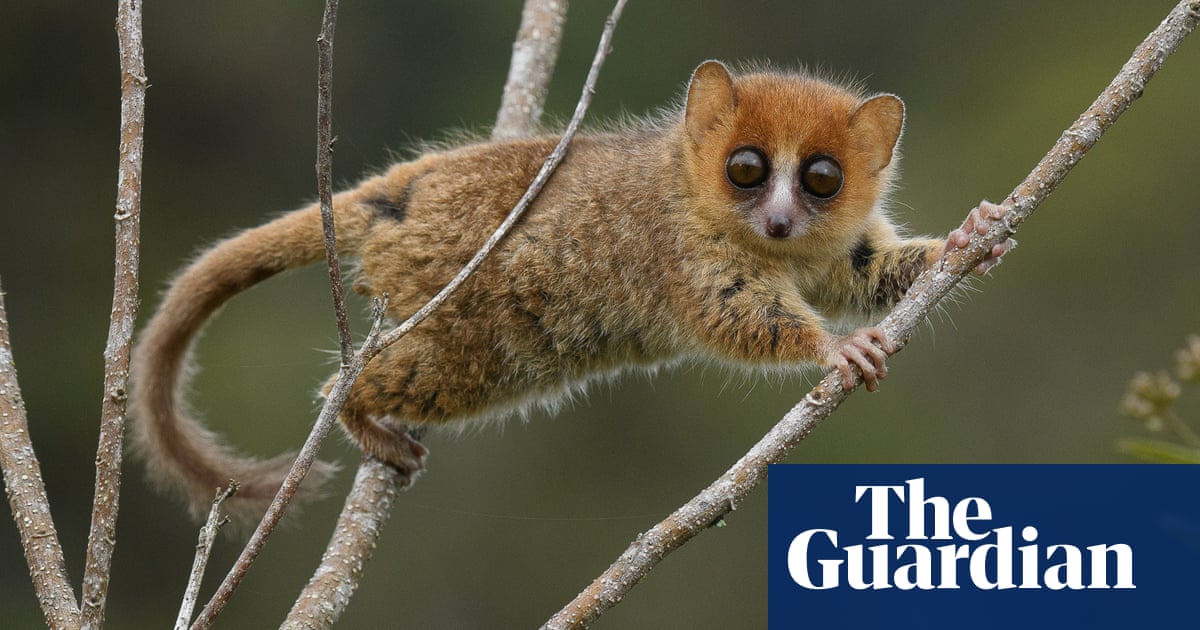
Having an asteroid slam into Earth was catastrophic for the dinosaurs, but the season of the strike may have substantially ramped up extinction rates for others species, research suggests.
Scientists have found evidence that the devastating impact 66m years ago, which wiped out three-quarters of Earth’s species and created the Chicxulub crater in modern-day Mexico, happened in the spring in the northern hemisphere.
The timing means that many animals north of the equator would have been particularly vulnerable to the intense heatwave unleashed by the collision, having just emerged from the harsh months of winter. Other animals in the south may have fared better given that it was autumn, especially if they were hunkering down in burrows.
The direct hit from the asteroid triggered an extreme global heatwave that proved lethal for many exposed animals. In the aftermath, temperatures are thought to have plummeted in a nuclear winter that drove many more species to extinction.
“To be able to fight that nuclear winter, you first had to survive the actual impact,” said Melanie During, a palaeontologist at Uppsala University in Sweden. “Anything in the southern hemisphere already sheltering had a much better chance of surviving.”
When the asteroid hit, it blasted molten rock into space, which crystallised and rained back to Earth as “impact spherules” the same day. The scientists found some of these spherules lodged in the gills of fossilised paddlefish and sturgeon excavated from a fossil site called Tanis in North Dakota.
The discovery of more spherules around the fossils suggest that the glassy particles were still falling when the fish perished, linking the time of death to the day, and potentially even the hour, of the impact. The fish appear to have died when they were buried alive by sediment shaken up in the collision.
Writing in the journal Nature, the scientists describe how they identified seasonal cycles in the growth rates of the fish bones, along with changes in carbon isotopes linked to seasonal variations in the abundance of zooplankton, a dietary staple for the fish. The findings all point to the fish dying – and so the asteroid colliding – in the spring. Separate research on the fossils published in December by Prof Phillip Manning at the University of Manchester reached a similar conclusion.
It is unclear whether small animals in the northern hemisphere actually fared worse than those in the south, however. Dennis Voeten, a co-author on the latest study at Uppsala University, said there was evidence that northern hemisphere turtles were wiped out in the asteroid strike, after which their habitats were repopulated by turtles from the south.
Dr Daniel Field, an assistant professor of vertebrate palaeontology at the University of Cambridge, who was not involved in the research, said it was “plausible” that northern hemisphere animals were hit harder by the catastrophe.
“If the asteroid struck at a biologically sensitive point of the year for many northern hemisphere organisms, it could have contributed to extinction rates that were even more elevated than might have been expected otherwise,” he said.
But he added that nothing much larger than a house cat survived the asteroid impact and that many species would have been doomed whenever it hit. “The large non-avian dinosaurs probably would have gone extinct regardless of when during the year the asteroid struck,” he said.












